News 4/26/11
CMS offers a Meaningful Use Attestation Calculator that allows providers and hospitals to assess if they have met all required objectives. Providers can enter details on which core and menu MU items they are using and the calculator will provide a pass/fail for each specific measure. Great way to determine if a provide could successfully demonstrate MU.
RCM provider CompONE Services appoints Kevin O’Keefe executive director of client services. He’s a former VP of radiology for Mckesson.
Rockford Health Physicians (IL) rolls out RHS MyChart, giving patients access to their medical records and the ability to communicate electronically with providers. As the name suggests, Rockford Health Physicians is implementing Epic.
New Mexico HITREC names Sage Healthcare an appropriate and qualified vendor after evaluating its Intergy EHR Meaningful Use Edition.
OB-GYN PM/EHR vendor digiChart names Phil Suiter as president and CEO. He most recently served as president and CEO of Transaction Tracking Technologies and was director of strategic projects for Vanderbilt Medical Center’s Department of Medicine. The former president and CEO, founder and Vanderbilt professor G. William Bates MD, will remain with the company as board chair.
Capario names Stephen Garcia CFO. Garcia’s background includes initial and follow-up IPOs, as well as restructuring.
Altos Solutions announces that the three-physician Lake Norman Oncology (NC) has successfully attested for MU using Altos’s OncoEMR.
Two of Massachusetts’ largest physician groups discuss merging to form an 1,100-physician organization. The fact that Atrius Health and Fallon Clinic both use Epic’s EHR, PM, and scheduling platform would presumably make for an easier transition.
Orthopaedic Surgery Associates (MI) selects SRS EHR and CareTracker PM for its 13 providers.
The AMA advises physicians to prepare for possible cash flow issues once the 5010 code set goes into effect January 1, 2012. They warn that technical glitches could delay payments, so practices should establish a line of credit and limit spending when possible.
I noticed on Greenway Medical’s website today that President and CEO Tee Green recently presented a $3,500 college scholarship to a Carrollton High School (GA) senior as part of the company’s mission to support the Boys & Girls Clubs of Metro Atlanta. Over the last year, Greenway has provided funds, on-site mentoring, and company-sponsored internships for about 200 Carroll County youth.
The Centricity Healthcare User Group (CHUG) is having its spring conference April 29-30 in San Diego. CHUG is a vendor-independent group, although GE is hosting an evening reception and numerous GE employees are scheduled to give presentations. Registration is $525 for both users and GE employees. If you are attending, send me an update from the field.
The Mid-Atlantic Association of Community Health Centers forms a strategic partnership with Phytel to support utilization of Phytel’s population health management tools by its member centers.
Home Physicians Management, a house call-based practice, receives an $11.5 million investment from Triangle Capital Corp. The house call market is predicted to grow due to aspects of last year’s health reform legislation. Analysts see Triangle’s investment as a vote of confidence for the house call model.
MD-IT EMR secures ONC-ATCB modular certification.

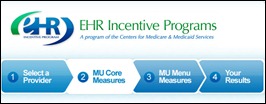




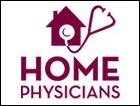


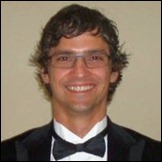
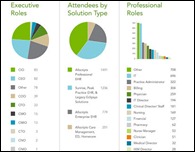
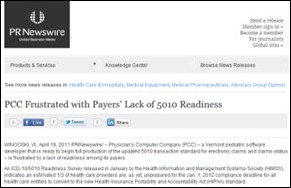

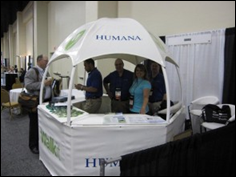
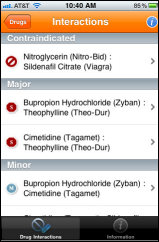
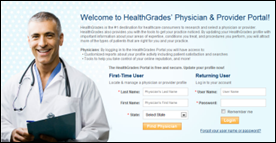


Re: Walmart Health: Just had a great dental visit this morning, which was preceded by helpful reminders from Epic, and…